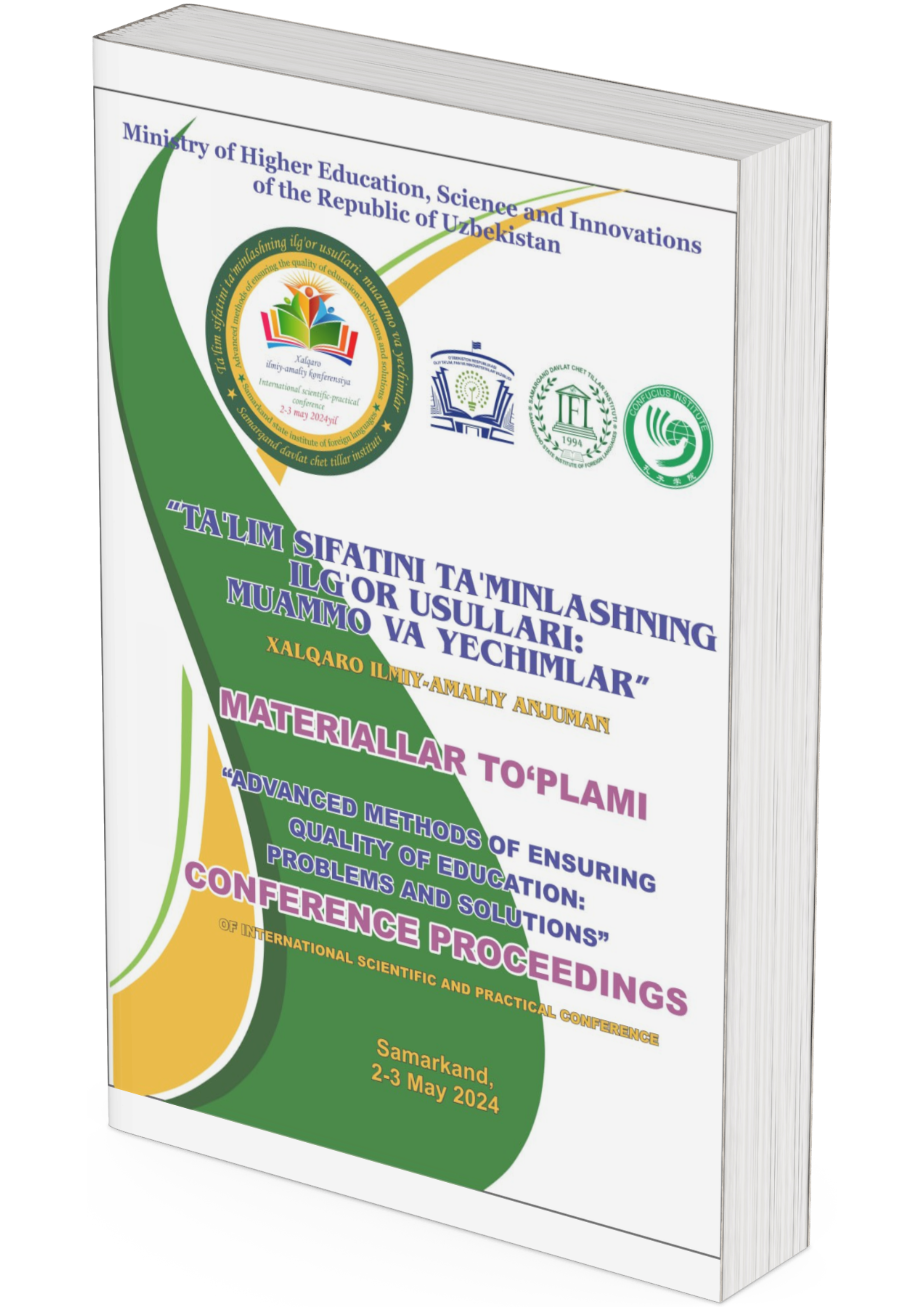BILINGUALISM AND MULTILINGUALISM IN EDUCATION: IMPACTS ON LEARNING METHODOLOGIES
DOI:
https://doi.org/10.2024/pxhm9s36Keywords:
Bilingualism, multilingualism, education, learning methodologies, linguistic diversity, cognitive benefits, sociocultural influences, multicultural awareness, bilingual education, multilingual education, sociolinguistic contexts, cultural mediators, cross-cultural understanding, linguistic repertoire, globalization, language pedagogyAbstract
In an era marked by increased linguistic variety and interconnected global societies, the importance of bilingual and multilingual education has gained momentum. This piece of literature examines the diverse impacts of bilingual and multilingual education on learning approaches in various educational environments. It provides definitions of bilingualism and multilingualism, stressing their cultural and cognitive dimensions. Moreover, it explores the rising relevance of bilingual and multilingual education, especially in the context of shifting demographic and sociocultural realities. Through an analysis of how bilingual and multilingual education influences learning methodologies, this article aims to delineate the cognitive, social, and pedagogical advantages of adopting a multilingual educational approach. It also highlights the crucial role played by bilingual and multilingual individuals as cultural bridges and compassionate communicators, showcasing the transformative influence of linguistic diversity within educational systems.
References
Baker, C. (2011). Foundations of bilingual education and bilingualism (5th ed.). Multilingual Matters.
García, O., & Li, W. (2014). Translanguaging: Language, bilingualism and education. Palgrave Macmillan.
Grosjean, F. (2010). Bilingual: Life and reality. Harvard University Press.
Kanno, Y., & Norton, B. (2003). Imagined communities and educational possibilities: Introduction. Journal of Language, Identity, and Education, 2(4), 241-249.
Otheguy, R., García, O., & Reid, W. (2015). Clarifying translanguaging and deconstructing named languages: A perspective from linguistics. Applied Linguistics Review, 6(3), 281-307.
Valdés, G., & Figueroa, R. A. (1994). Bilingualism and testing: A special case of bias. Norwood, NJ: Ablex Publishing Corporation.
Wei, L. (2018). Multilingualism in the Chinese diaspora worldwide: Transnational connections and local social realities. Routledge.
Wright, W. E., Boun, S., & García, O. (2015). Handbook of bilingual and multilingual education. Wiley-Blackwell.
Rabbimova, Mekhribon, and Nilufar Ruzimuradova. "Implementing Modern Methods in Teaching Process." Journal of Language Pedagogy and Innovative Applied Linguistics 1.4 (2023): 39-43.
Downloads
Published
Conference Proceedings Volume
Section
License
Copyright (c) 2024 Zarifa Urakova (Author)

This work is licensed under a Creative Commons Attribution 4.0 International License.









